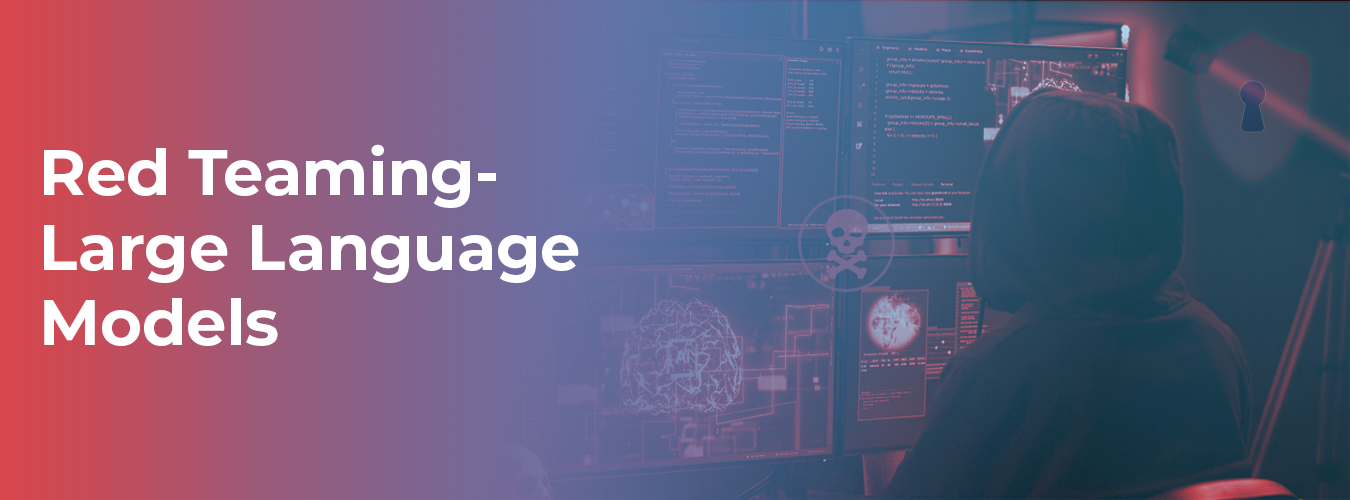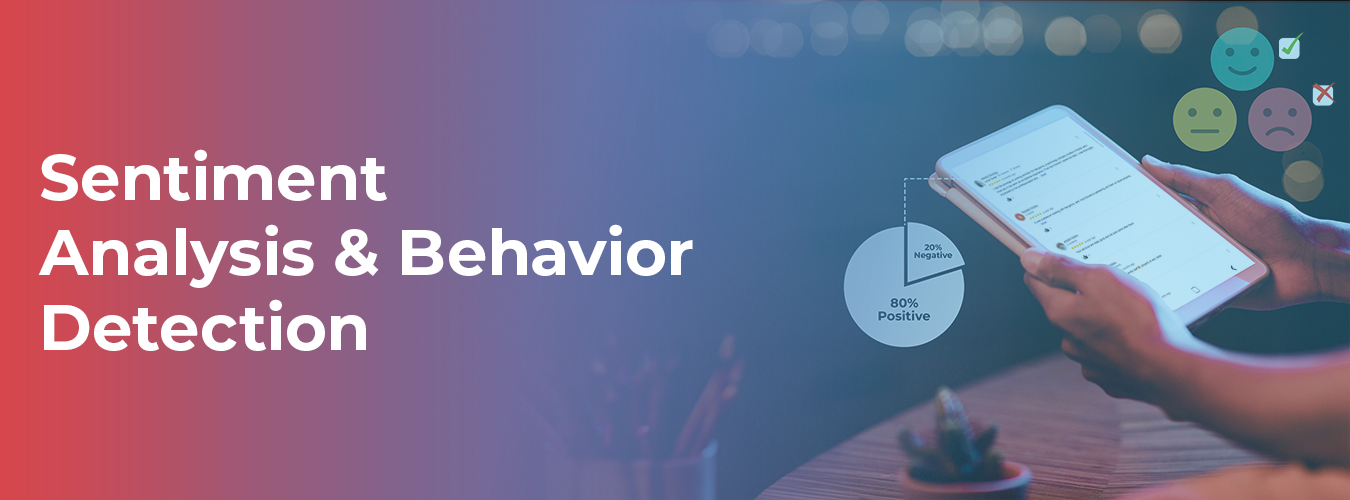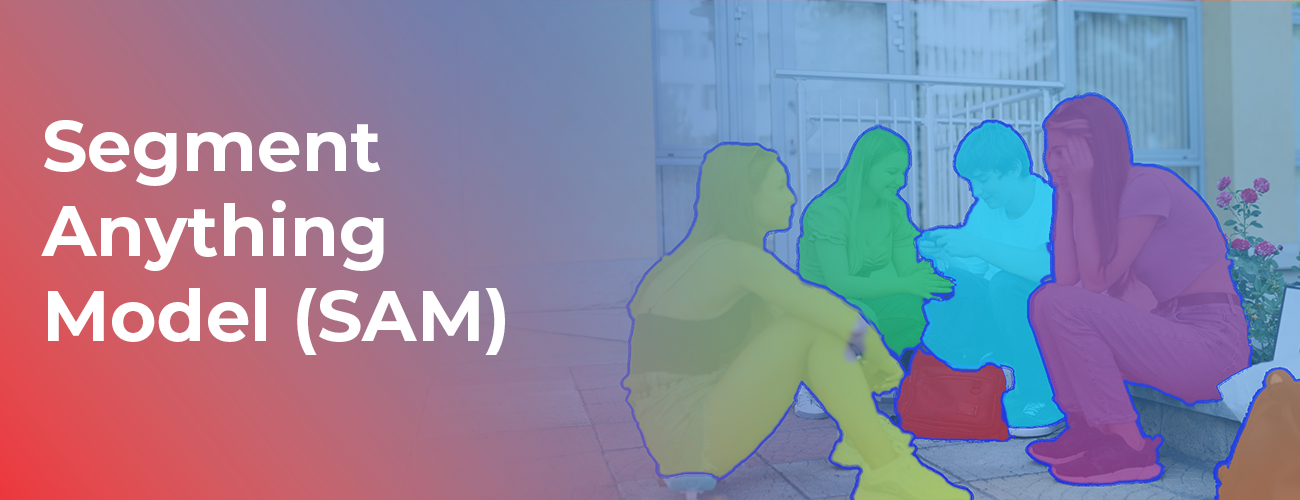In the current web-based world, conversational AI integration marks a significant paradigm change that will radically alter how businesses connect with their consumers. Thanks to the advancement of this technology, a new age of smooth and personalized encounters has come, elevating the importance of the customer experience. And with this increases the need for training data for conversational AI. To deep dive into the importance of training data for conversational AI, read on with us.
The foundations of conversational AI, including its technology and how it imitates human interactions, will be covered in this article. After that, we’ll talk about the importance of training data in boosting conversational AI systems’ capabilities. We’ll also cover different kinds of data and the most effective ways to find and prepare them. This tutorial seeks to offer useful insights into the quickly developing subject of conversational AI, whether you’re a developer, data scientist, or just interested in learning more about its inner workings.
Understanding conversational AI
Technologies that allow users to converse with them, such as chatbots or virtual agents, are referred to as conversational artificial intelligence (AI). To mimic human interactions, they make use of massive amounts of data, machine learning, and natural language processing. They can recognize speech and text inputs and translate their contents between different languages.
Natural language processing, or NLP, is used with machine learning to create conversational AI. The AI algorithms are continually improved by these NLP processes flowing into a continuous feedback loop with machine learning processes.
The role of training data in conversational AI

The goal of conversational AI is to facilitate ML and NLP-driven dialogues with end users. It’s widely used to contact an organization and obtain information or answers to inquiries without having to wait for a contact center support representative. These kinds of inquiries frequently call for an unstructured discussion. Users therefore require a conversational AI tool.
Conversational AI models get different training data than Conversational AI models. Human dialogue may be used in conversational AI training data to help the model better comprehend how a regular human conversation flows. This guarantees that it can identify the several kinds of inputs it receives, including oral and text-based inputs.
Types of training data for conversational AI
Conversational AI systems typically rely on various types of training data to learn and improve their capabilities. Some common types include:
Text Data: This comprises text-based communication such as social media engagements, chat logs, conversation transcripts, and more.
Speech Data: For training, conversational AI systems that comprehend spoken language need audio data that is frequently converted into text. Podcasts, meetings, phone records, and other sources may provide this information.
Annotated data: This has labels or tags applied to it to indicate intentions, entities, sentiment, or other pertinent information is called labeled data. Labeled data facilitates the model’s ability to comprehend human input and adapt accordingly.
Unlabeled Data: Conversational data that hasn’t been explicitly annotated. Unlabeled data is utilized for tasks like unsupervised learning, in which the model discovers structures and patterns in the data without direct supervision.
User input: Ratings, edits, and explicit feedback from users regarding the system’s answers might help train conversational AI models so that they perform better over time.
Simulated Data: Artificial data created to add to the training set, model worst-case scenarios, or even out the distribution of training cases.
Multimodal Data: Text, audio, picture, and other modalities can all be combined to create multimodal data. AI systems that are multimodal in their conversations can use several kinds of data to improve comprehension and communication.
Domain-Specific Data: Information unique to the sector or domain that the conversational AI system works in. For instance, training data using medical terms and patient interactions may be beneficial for healthcare chatbots.
The Best Ways to Source Training Data

Diversify Your Sources: Make sure that a variety of sources, such as crowdsourced material, proprietary data, and public datasets, are used to provide your training data. Multiple data sources improve the model’s ability to generalize.
User Consent and Bias Mitigation: To protect user privacy while using user-generated material, make sure you have the required consent and anonymize the data. To guarantee that the data used for training are impartial and representative, exercise caution while mitigating bias.
Collaborations: Work with companies, organizations, or researchers who have access to the desired area-specific data. Working together can help you combine sources and data, giving your Conversational AI model access to an additional, full dataset.
Preprocessing Data: Take the time and make the effort to guarantee data quality. Eliminating duplication, fixing mistakes, and standardizing formats might all be part of this process. For tasks like aligning sentence structures, fixing typos, preparing text data, and formatting material into a standard format, think about employing language translation services.
Data Labeling: To guarantee accuracy and prevent noise, make the effort to clean and label your training data.
Data generation: When real-world data is restricted or insufficient, think about utilizing training data for Conversational AI to produce artificial records. This can guarantee that you have enough data for realistic model training and assist augment your training datasets.
Make a Difference with Macgence
Providing outstanding training data for conversational AI is what we do best at Macgence. Diverse data source forms the cornerstone of our approach, guaranteeing that the datasets we employ capture a wide range of user interactions. We protect privacy and advance fairness in AI development by prioritizing user permission and utilizing strong bias mitigation strategies. Our ability to acquire specialized domain-specific data, which enriches our datasets and improves model performance, is made possible by collaborative collaborations with researchers and industry specialists.
Our methodical labeling and preprocessing techniques provide data dependability and correctness, paving the way for effective model training. Furthermore, we can fill in the gaps in real-world data availability with our bespoke data production capabilities, guaranteeing that AI systems have access to thorough and realistic training situations.
Conclusion:
The use of conversational AI signifies a revolutionary change in the way companies interact with their clientele in the current digital environment. The need for superior training data will only get more pressing as this technology develops.
Businesses may improve the efficacy of their AI-driven systems by comprehending the nuances of conversational AI and the many kinds of training data it uses. The variety of training data sources provides chances for innovation and improvement, ranging from text and audio data to user input and domain-specific information. Organizations may fully utilize conversational AI to provide seamless and customized customer experiences by implementing best practices in data sourcing, preprocessing, and cooperation.
FAQs
Ans: – Text, voice, annotated, unlabeled, user input, simulated, multimodal, and domain-specific data are examples of essential data kinds.
Ans: – Diversifying data sources, getting user permission, reducing bias, working with data providers, and using strict preprocessing and labeling procedures are all part of quality assurance.
Ans: – Diversifying data sources, getting user consent, working with data providers, guaranteeing data quality through preprocessing and labeling, and using data-generating tools as needed are examples of best practices.




